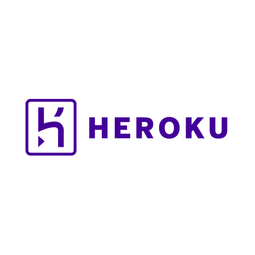Download PDF
Severn Trent Water's Digital Transformation: Real-Time Data Access for Enhanced Customer Service

Technology Category
- Analytics & Modeling - Real Time Analytics
- Sensors - Utility Meters
Applicable Industries
- Cement
- Telecommunications
Applicable Functions
- Maintenance
- Product Research & Development
Use Cases
- Intelligent Urban Water Supply Management
- Leakage & Flood Monitoring
Services
- System Integration
The Challenge
Severn Trent Water, the UK's second largest water company, faced the challenge of modernizing their infrastructure to meet the growing demands of their customers. With the advent of mobile technology, customers expected faster solutions for broken water pipes and sewage problems. The company's customer service and support organizations also needed improved back-end services to expedite reporting and analysis. This would enable them to identify and fix problems more quickly and proactively replace old pipes before they broke. However, legacy software systems and organizational bottlenecks were hindering the company’s software development team. Acquiring resources for mobile services, including databases, web and application servers, was expensive and time-consuming. Employees resorted to creating informal solutions in spreadsheets and local databases to circumvent the lack of tools to address these business needs, but these could not be integrated into the core systems.
The Customer
Severn Trent Water
About The Customer
Severn Trent Water is the second largest water company in the UK, serving millions of customers in England and Wales. The company's water and sewer pipes, some of which date back to the early 20th century, have required significant modernization in recent years. Since the privatization of the water industry in the UK in 1989, water companies like Severn Trent Water have been able to raise revenue to repair and replace aging pipes, as well as provide new services to a growing population.
The Solution
Severn Trent Water addressed these challenges by creating several mobile apps and back-end solutions using the Heroku platform. This allowed them to deliver new, integrated, and scalable solutions more quickly. One of the apps they built, the Real-Time Alarms app, uses water loggers to measure pressure and flow and sends real-time data back to technicians to track performance and maintenance. This enables the operations team to investigate what caused the alarm to be triggered, identify and fix the underlying problem before it escalates. By switching to Heroku, the team modernized not only data gathering but also notification communications. Instead of using an email system to receive notifications from the water loggers, they now have an immediate notification system direct from the loggers, significantly speeding up response and resolution time.
Operational Impact
Quantitative Benefit
Related Case Studies.

Case Study
System 800xA at Indian Cement Plants
Chettinad Cement recognized that further efficiencies could be achieved in its cement manufacturing process. It looked to investing in comprehensive operational and control technologies to manage and derive productivity and energy efficiency gains from the assets on Line 2, their second plant in India.

Case Study
Vodafone Hosted On AWS
Vodafone found that traffic for the applications peak during the four-month period when the international cricket season is at its height in Australia. During the 2011/2012 cricket season, 700,000 consumers downloaded the Cricket Live Australia application. Vodafone needed to be able to meet customer demand, but didn’t want to invest in additional resources that would be underutilized during cricket’s off-season.

Case Study
SKT, Construction of Smart Office Environment
SK T-Tower is the headquarters of SK Telecom. Inside the building, different types of mobile devices, such as laptops, smartphones and tablets, are in use, and with the increase in WLAN traffic and the use of quality multimedia data, the volume of wireless data sees an explosive growth. Users want limitless Internet access in various places in addition to designated areas.








